
Osaka (formerly written as вҖңеӨ§еқӮвҖқ in Japanese kanji , now вҖңеӨ§йҳӘвҖқ) is a city that has stood since antiquity, with a history as a capital or secondary capital of Japan, which began when Emperor Nintoku (who reigned from 313 to 399) moved his government to the Naniwa Takatsu Palace. In 645, Emperor Kotoku built his Naniwa Nagara Toyosaki Palace. Since ancient times, the Imperial Court has driven the construction of shrines and temples here. The city is home to numerous examples of religious architecture, including shrines and temples, as well as a castle.


With its history as an ancient capital, a secondary capital, and a mercantile city, Osaka has long been one of JapanвҖҷs largest cities, and remains so today. It has also long been known as an economic and cultural center. For example, Osaka was called the вҖңTenkano DaitokoroвҖқ (вҖңthe kitchen of Japan) in the Edo period (1603вҖ“1868). Accordingly, Osaka has given rise to many cultural practices. To this day, you will find buildings here that exude the culture of their respective eras.


In Osaka, which is made up of parts of the former provinces of Settsu, Kawachi, and Izumi, a large number of traditional Japanese houses survived the air raids of World War II, and remain to this day. Although some of these buildings have been repurposed for commercial use, there are also many that continue to serve as homes, having been passed down and inherited with great care by their owners.


After the Meiji Restoration of 1868, Osaka was modernized, becoming a center of industry in Japan. During the вҖңDai OsakaвҖқ (вҖңBig OsakaвҖқ, вҖңGreat OsakaвҖқ) period (from late Taisho era to early Showa era) of the pre-war era, the city surpassed Tokyo, and was even known as вҖңthe Manchester of the Orient.вҖқ As a result, many historic buildings with connections to industry remain in Osaka.



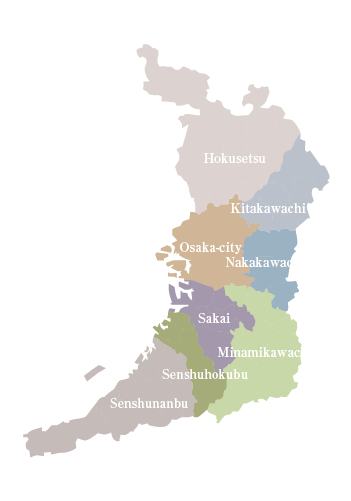


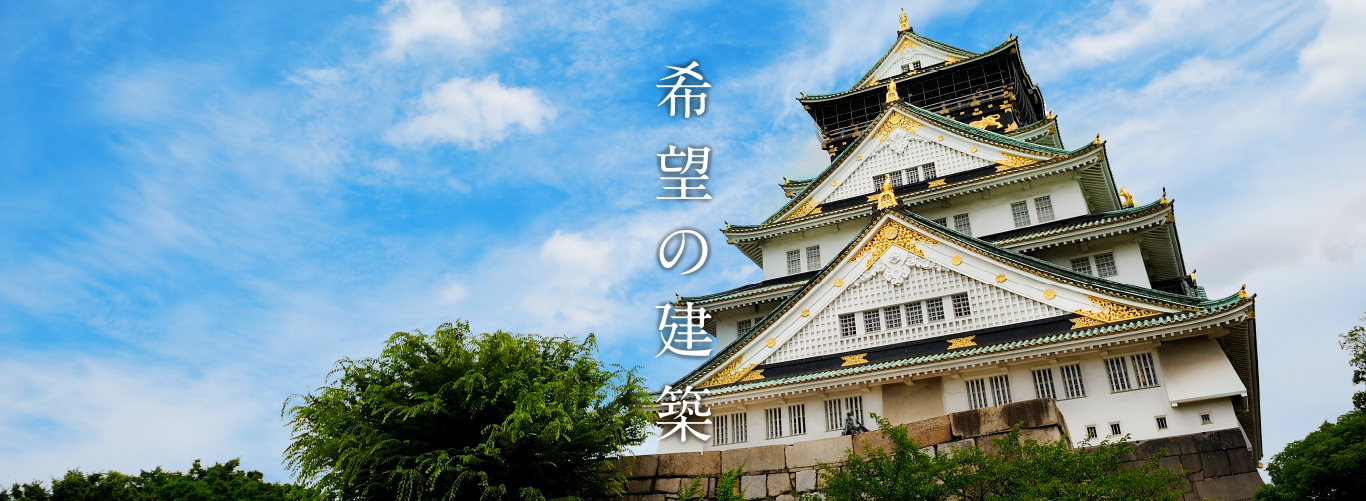
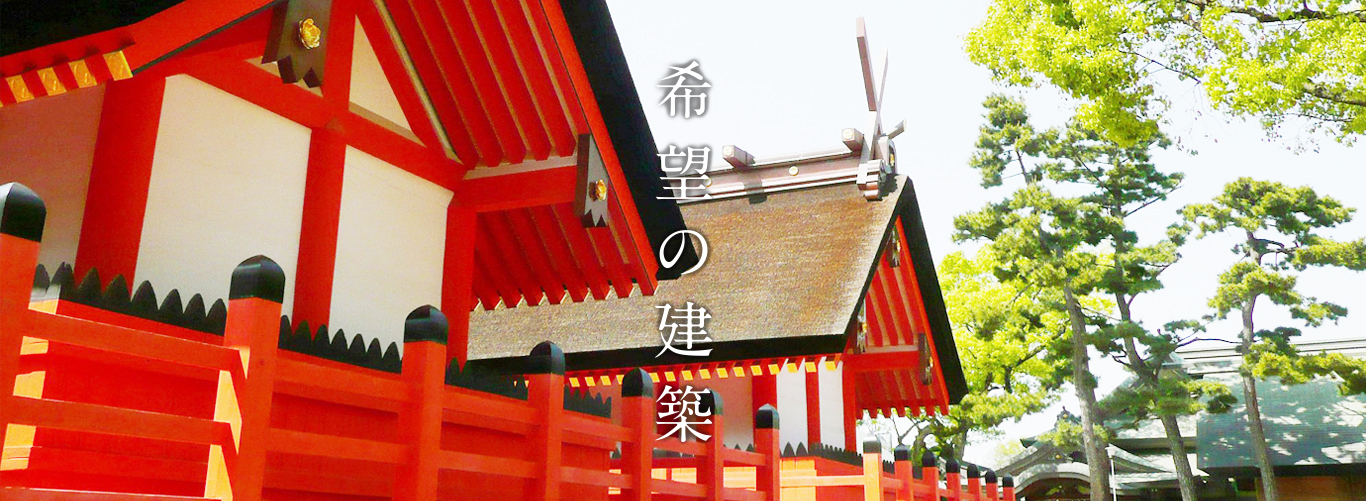
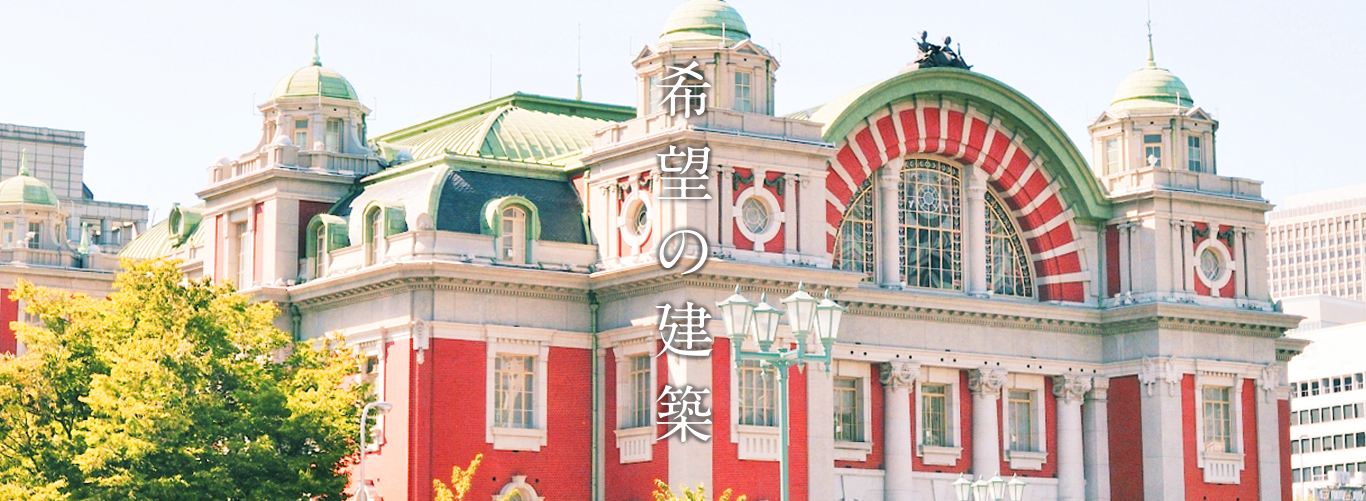



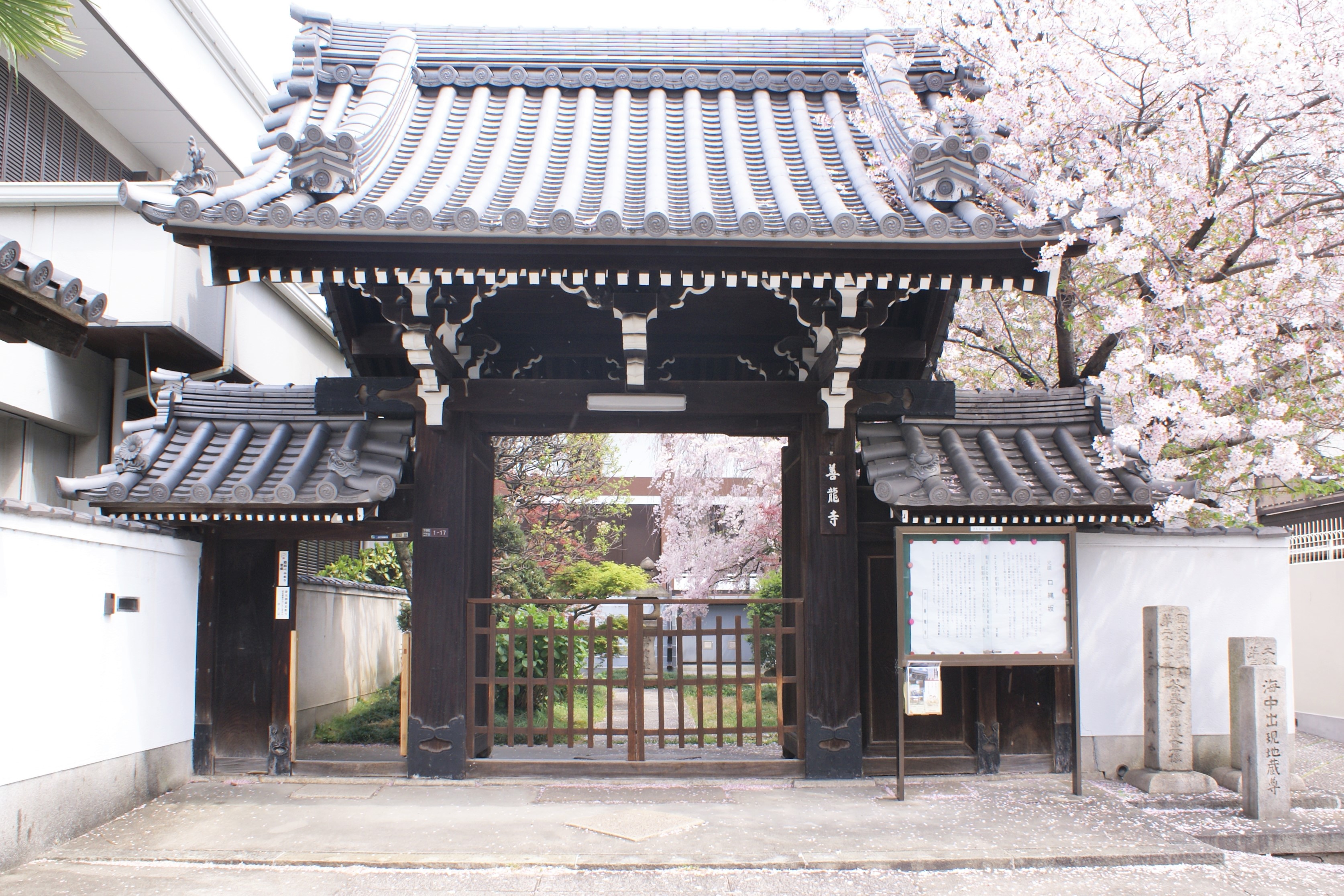
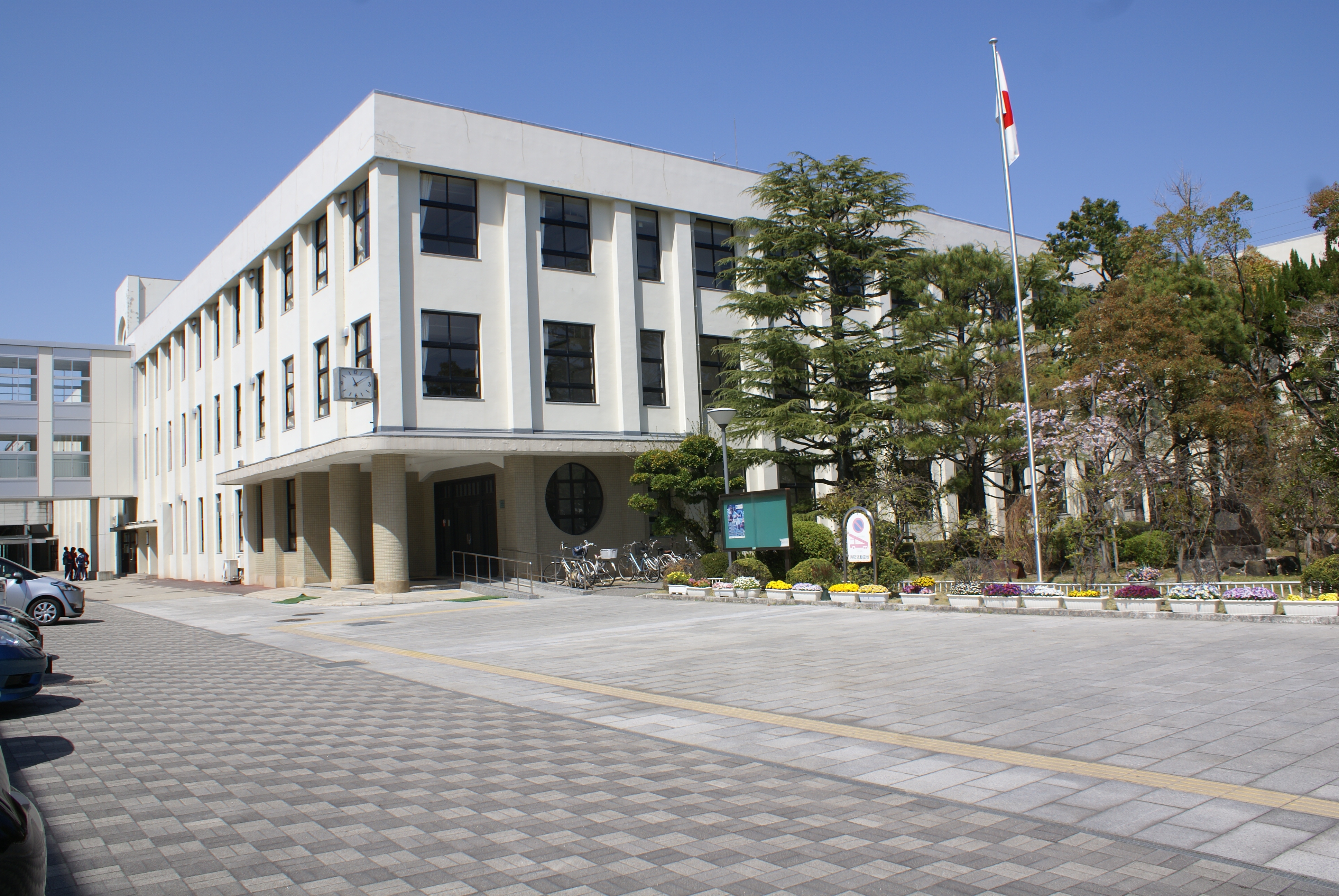
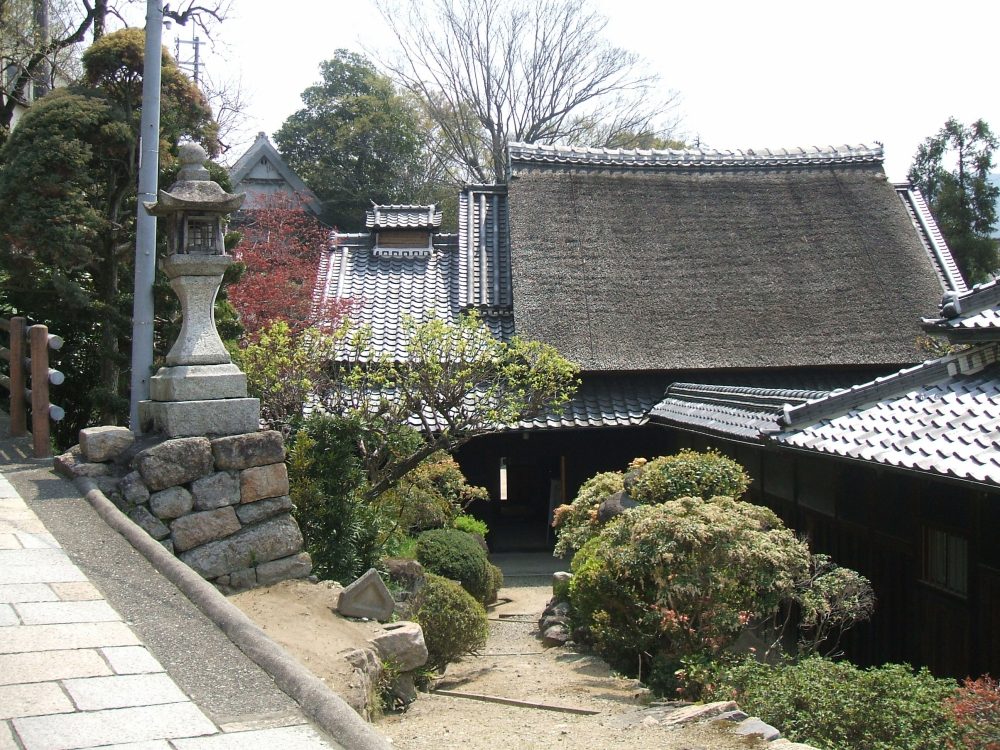
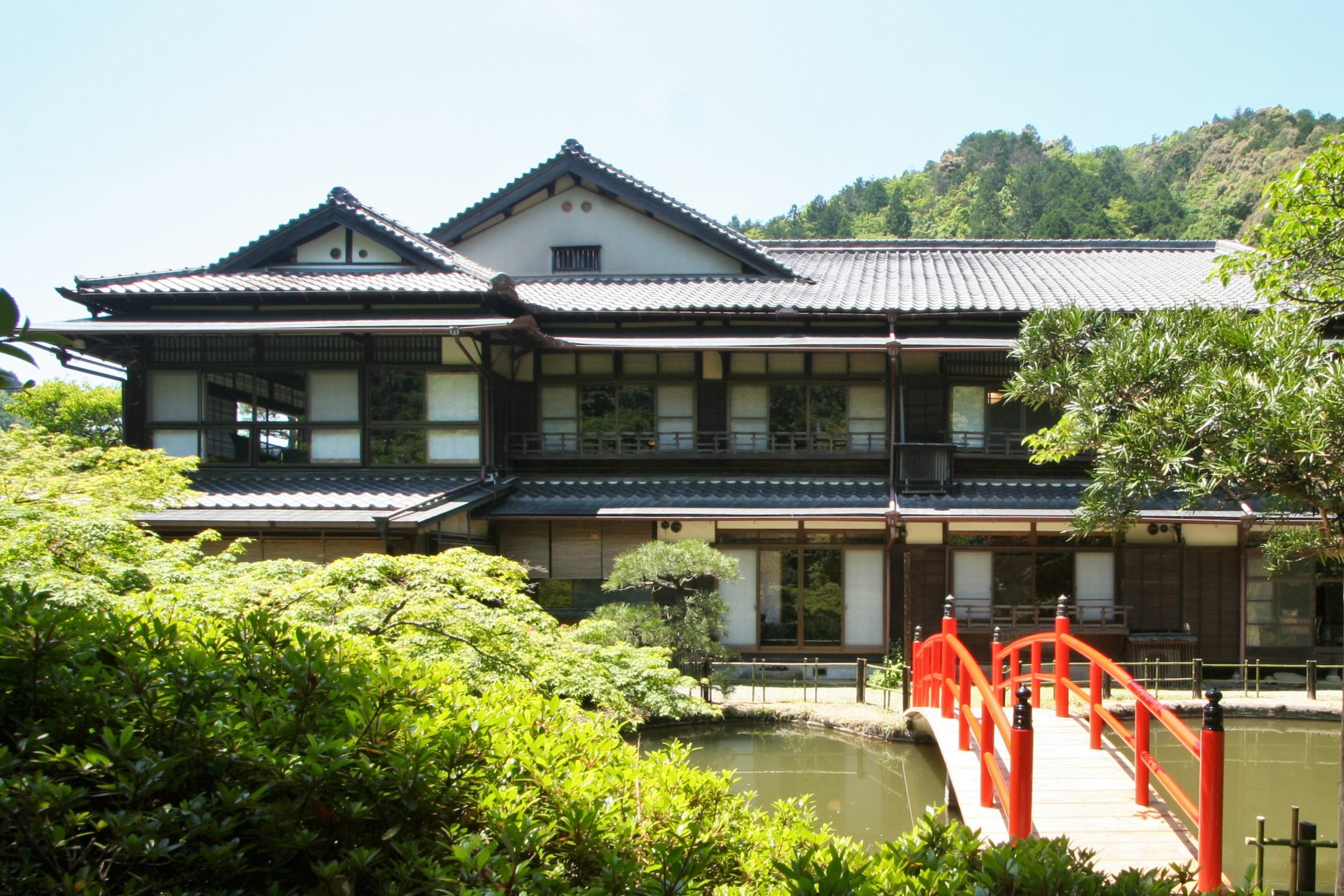
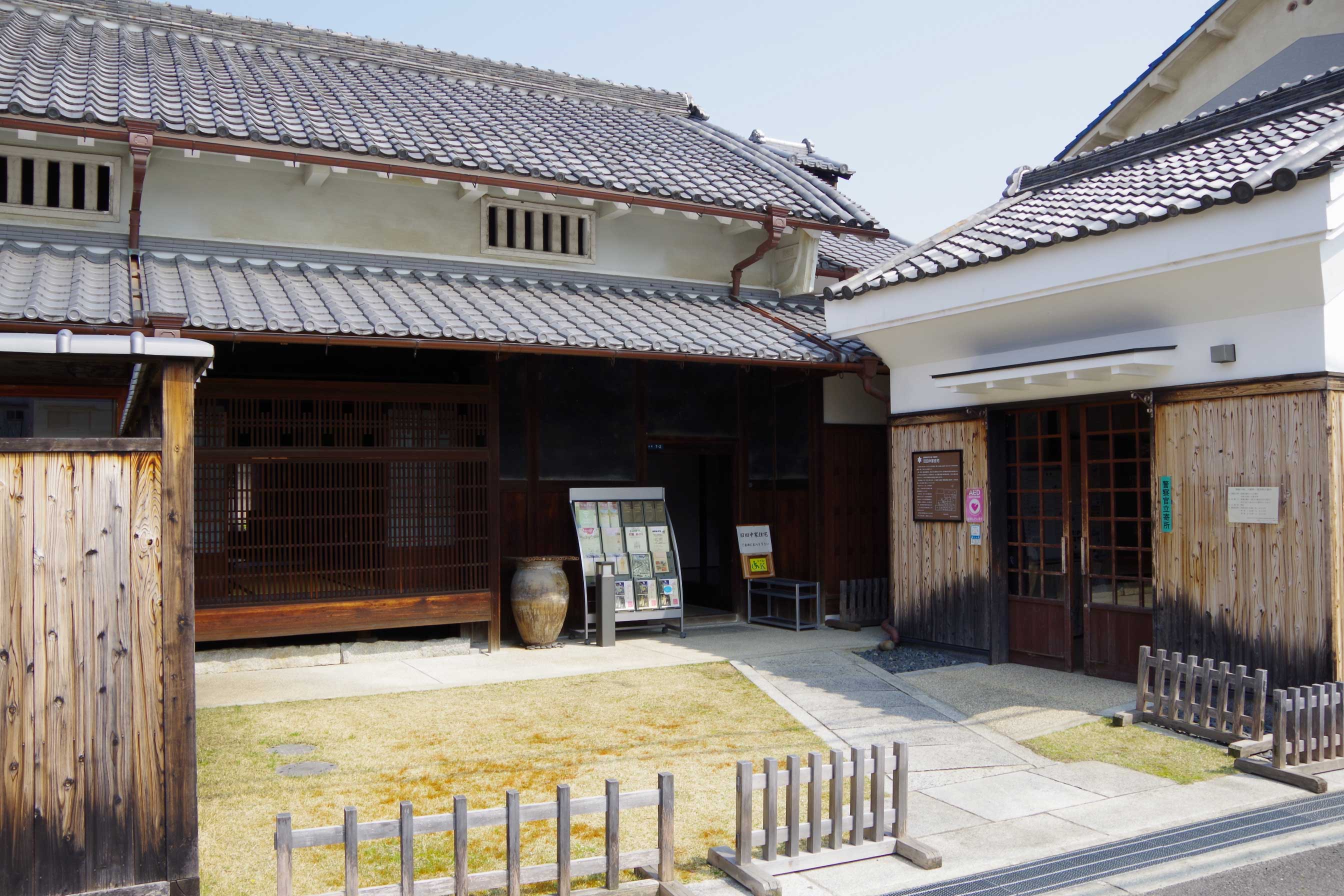
![[en]иҰіеҝғеҜәжҒ©иіңи¬ӣе Ӯ](https://osaka-bunkazainavi.org/wp-content/uploads/2018/03/d-10-4-1-300x225.jpg)
![[en]ж°ҙйҒ“иЁҳеҝөйӨЁпјҲж—§жҹҙеі¶жө„ж°ҙе ҙйҖҒж°ҙгғқгғігғ—е ҙпјү](https://osaka-bunkazainavi.org/wp-content/uploads/2018/03/a-13-1-300x225.jpg)
![[en]е…’еұұ家дҪҸе®…](https://osaka-bunkazainavi.org/wp-content/uploads/2018/03/e-6-11-1-300x225.jpg)
![[en]еҢ—жөңгғ¬гғҲгғӯгғ“гғ«гғӮгғігӮ°пјҲж—§жЎӮйҡҶз”ЈжҘӯгғ“гғ«пјү](https://osaka-bunkazainavi.org/wp-content/uploads/2018/03/a-28-1-300x225.jpg)
![[en]еҚ—жө·жң¬з·ҡжөңеҜәе…¬ең’й§…й§…иҲҺ](https://osaka-bunkazainavi.org/wp-content/uploads/2018/03/e-6-6-1-300x225.jpg)
![[en]еӨ§йҳӘж—Ҙжң¬ж©ӢгӮӯгғӘгӮ№гғҲж•ҷдјҡ](https://osaka-bunkazainavi.org/wp-content/uploads/2018/03/a-13-1-a-300x225.jpg)
![[en]и—Ө岡家дҪҸе®…дё»еұӢ](https://osaka-bunkazainavi.org/wp-content/uploads/2018/03/a-10-1-300x225.jpg)